
America has considerable differences in how long and well people live. Recent research indicates that the country in which you live could affect your lifespan more than your DNA.
Some states have cleaner air, more gyms, healthier food, and easier outdoor access. Others have the opposite, which leads to shorter lives.
The Healthy States Index ranks states from best to worst, and the findings display a stark contrast that’s not only surprising but also deeply essential for how we think about health in America.
The Index Behind the Rankings

Analysts created the Healthy States Index to gauge health. It combines factors like pollution, hospital admission statuses, smoking rates, and access to parks, gyms, food stores, pools, and walking paths.
This broad approach reveals how the environment, infrastructure and culture affect health. Hospitals are not the only indicator. It’s about the ability to move, breathe clean air, and eat nutritious foods.
Why Location Matters

The study highlights a remarkable truth: health is less about personal willpower and more about the resources available. Someone living in a state with open parks, clean air, and multiple gyms has built-in benefits.
However, someone in a state with more pollution and limited wellness facilities may find it harder, no matter how motivated. The environment/location plays a subtle but influential role in longevity.
A Widening Gap

There isn’t only a small difference between the healthiest and least healthy states. The gap is almost eight years of life expectancy.
This means that two children born in different regions of the U.S. today may live for completely different durations, even if they have similar habits. That gap echoes how unevenly health resources are dispersed across the country.
Vermont Takes the Top Spot
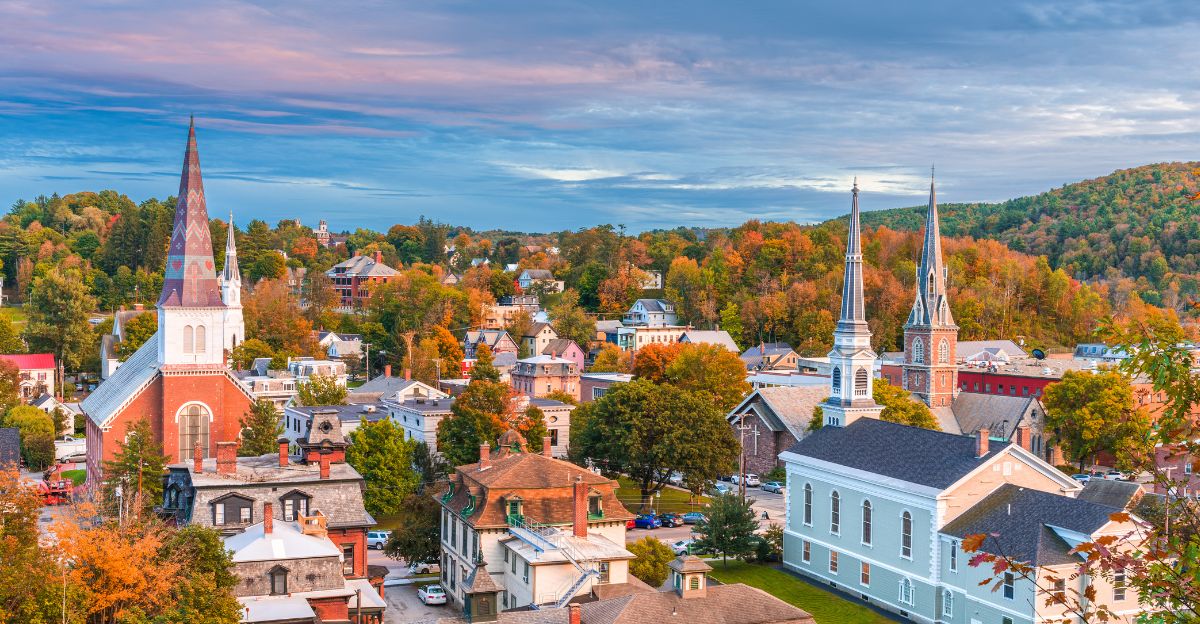
Vermont comes in first with a Healthy States Index score of 8.69. It’s a leader in access to health food stores, with nearly 38 per 100,000 residents.
Plus, the air is clean, there are relatively low smoking rates, and there is a unique mix of parks, gyms, and walking routes. Life expectancy here is 78.4 years, demonstrating how infrastructure supports long lives.
New Hampshire in Second
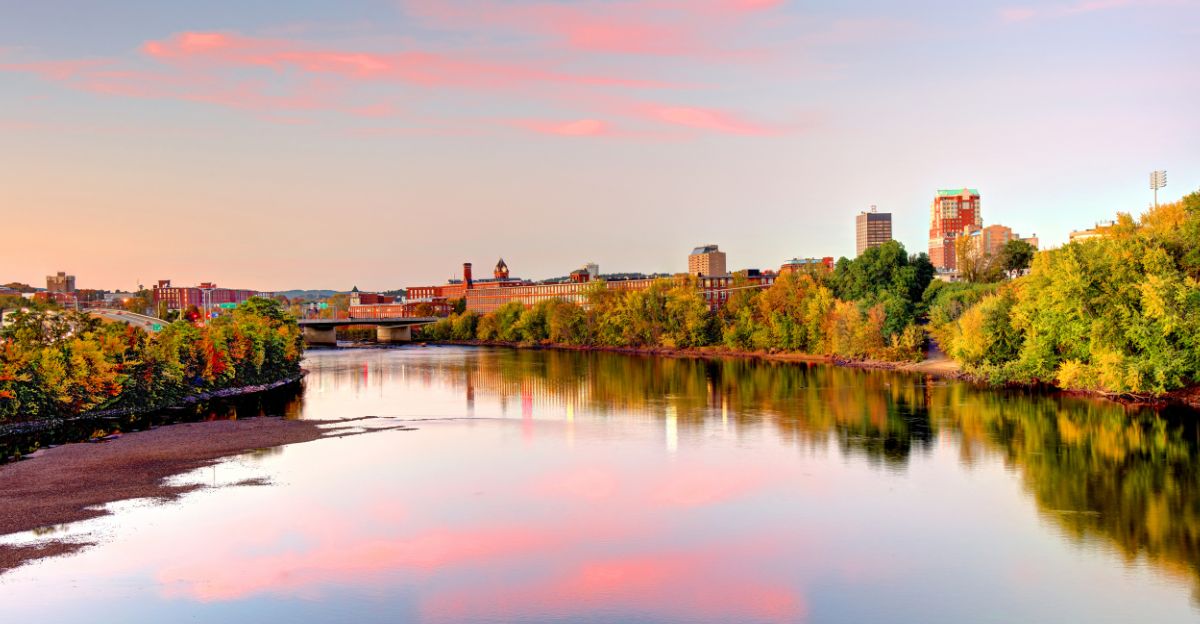
New Hampshire is just behind Vermont with a score of 8.43. The state has the cleanest air in America, a pivotal factor for respiratory and heart health.
Residents can access a varity of outdoor activities from hiking to kayaking, which helps maintain physical activity a part of daily life. Life expectancy here is 78.5 years, one of the highest nationwide.
Washington Claims Third Place
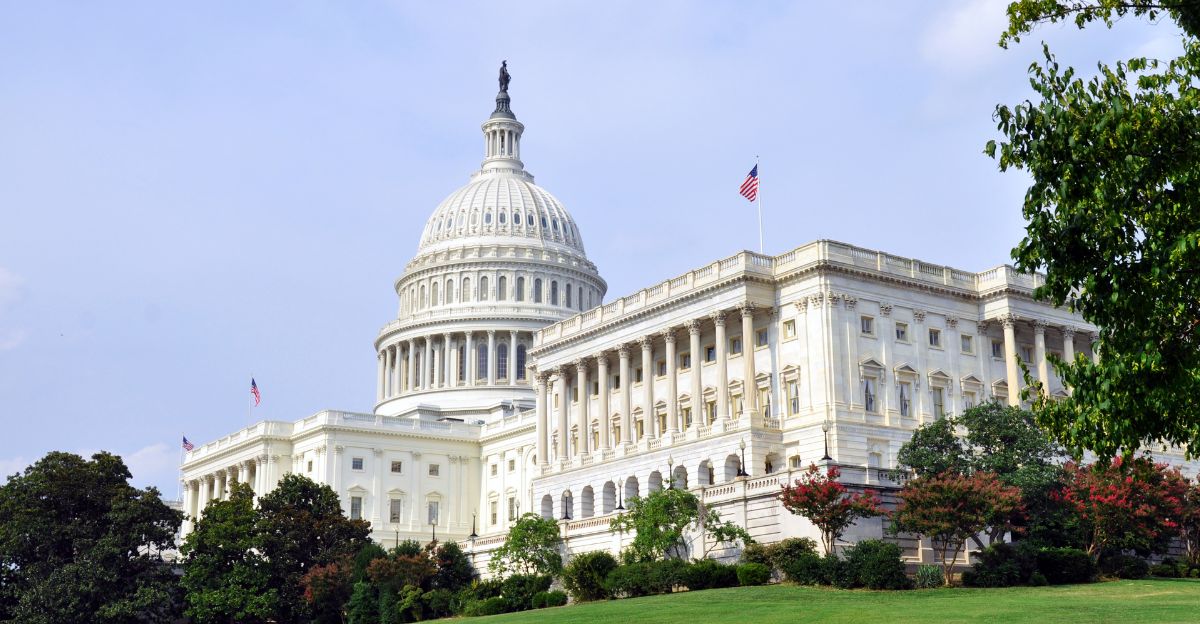
Washington comes in third with a score of 8.35. Its force lies in walking infrastructure, having more than 73 routes per 100,000 people.
The state’s 1,400 parks also supply countless opportunities for residents to keep active. A clear connection emerges between ample green space and fewer hospital readmissions, indicating how much the outdoors affect health.
Maine’s Coastal Advantage
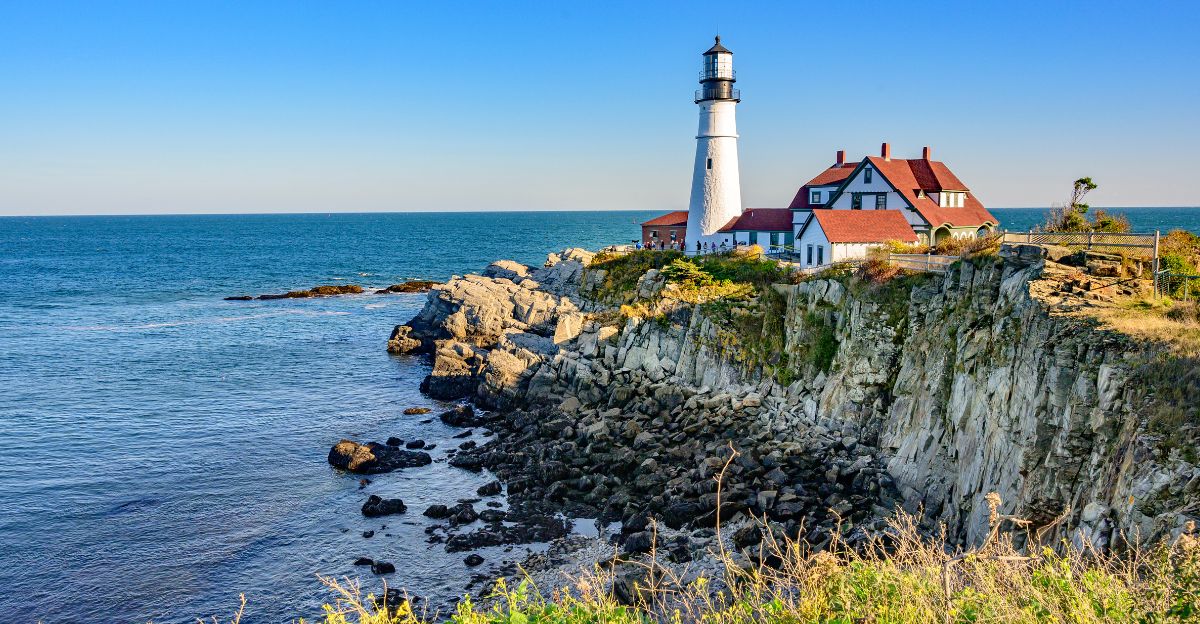
Maine takes fourth place with a score of 8.33. While it doesn’t rate highly in gyms, it compensates with the most parks in the nation: over 50 per 100,000 residents.
Its coastal geography also promotes physical activity, from walking trails to water sports, which proves that location and environment can offset other limitations.
Utah’s Cultural Edge
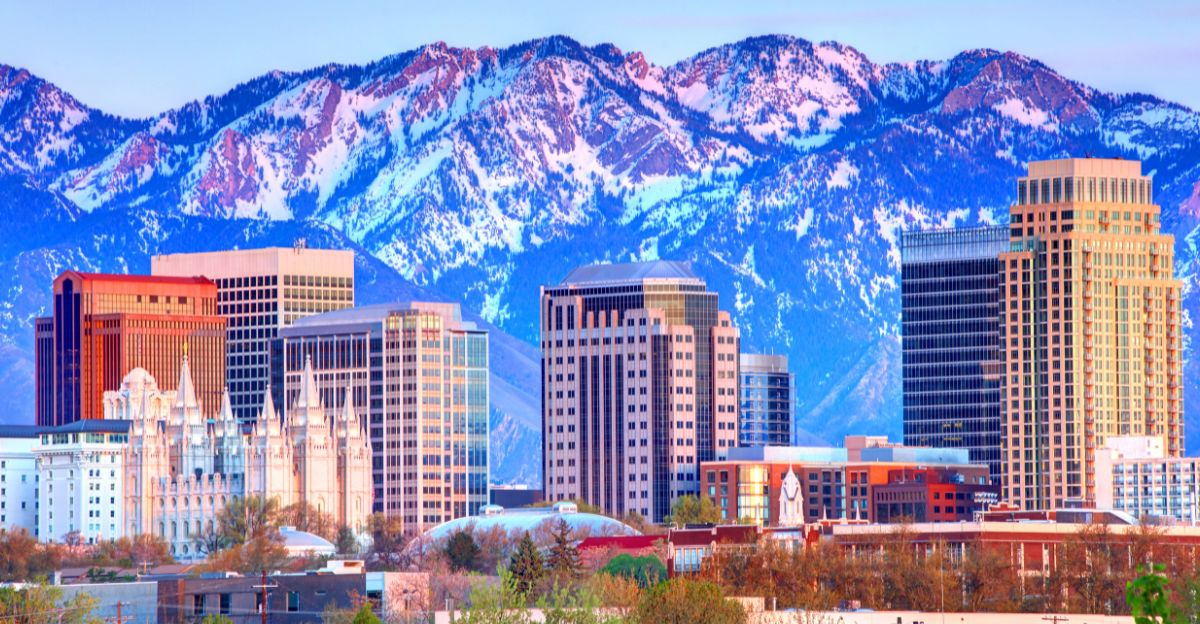
Utah ranks fifth with 8.28 points. What distinguishes it is its culture. With the lowest smoking rate at just 10.14%, the state reveals how norms and community behaviors can cause better outcomes. With access to gyms and natural parks, Utah has a model where lifestyle and infrastructure work in unison.
Colorado’s Fitness Culture
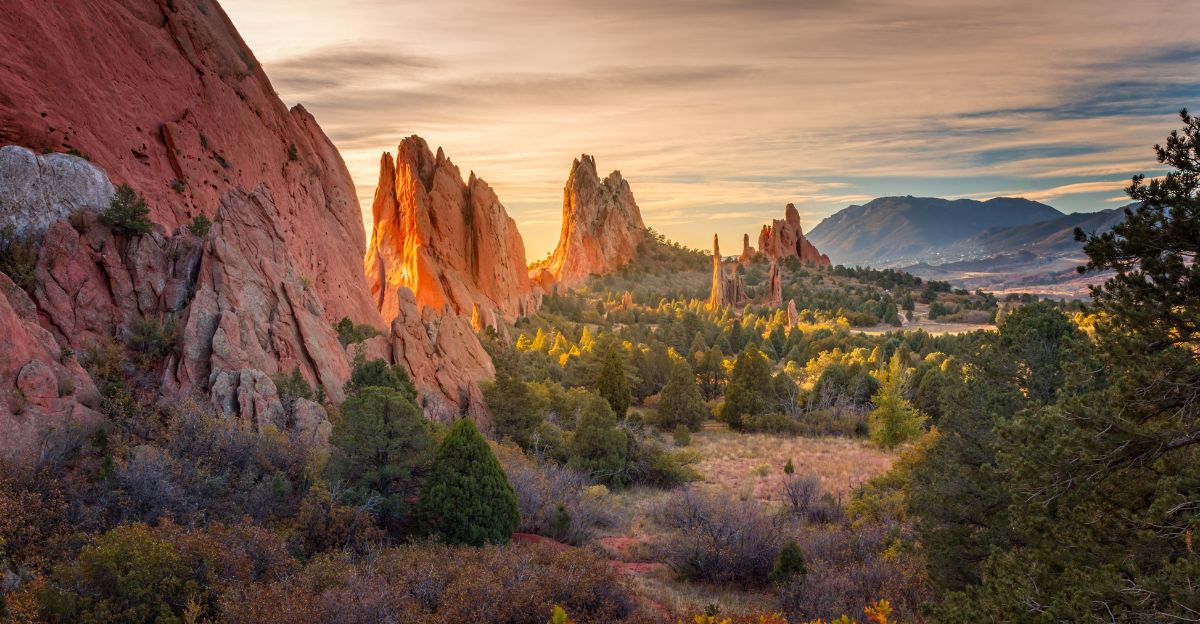
Colorado is in sixth with 8.21 points. Famous for its fitness culture, the state has 16.53 gyms per 100,000 residents, way above the nation’s average.
Its mountainous landscape facilitates outdoor activity, from skiing to hiking. Residents can benefit from gyms and a community identity built around movement and the outdoors.
Maryland’s Balanced Mix
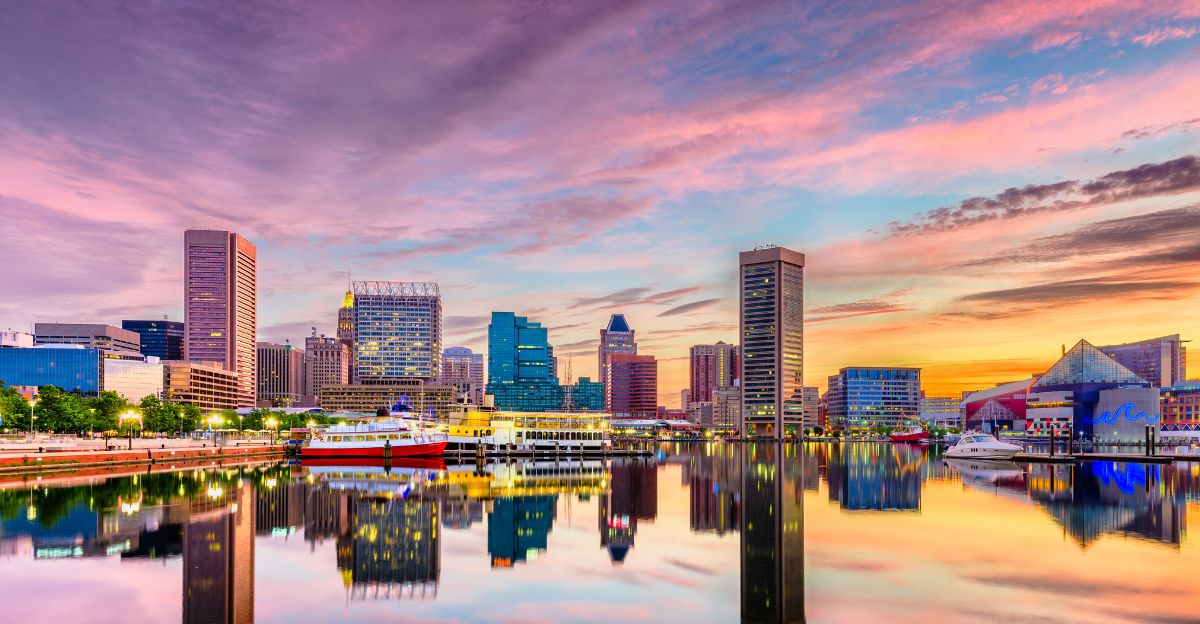
Maryland takes seventh place with 8.17 points. It has access to gyms, healthy food, and more swimming pools than most top states.
While its life expectancy is slightly lower than some of its peers, Maryland shows how a combination of facilities can support wellness, even without leading in a single category.
Massachusetts and Long Lives
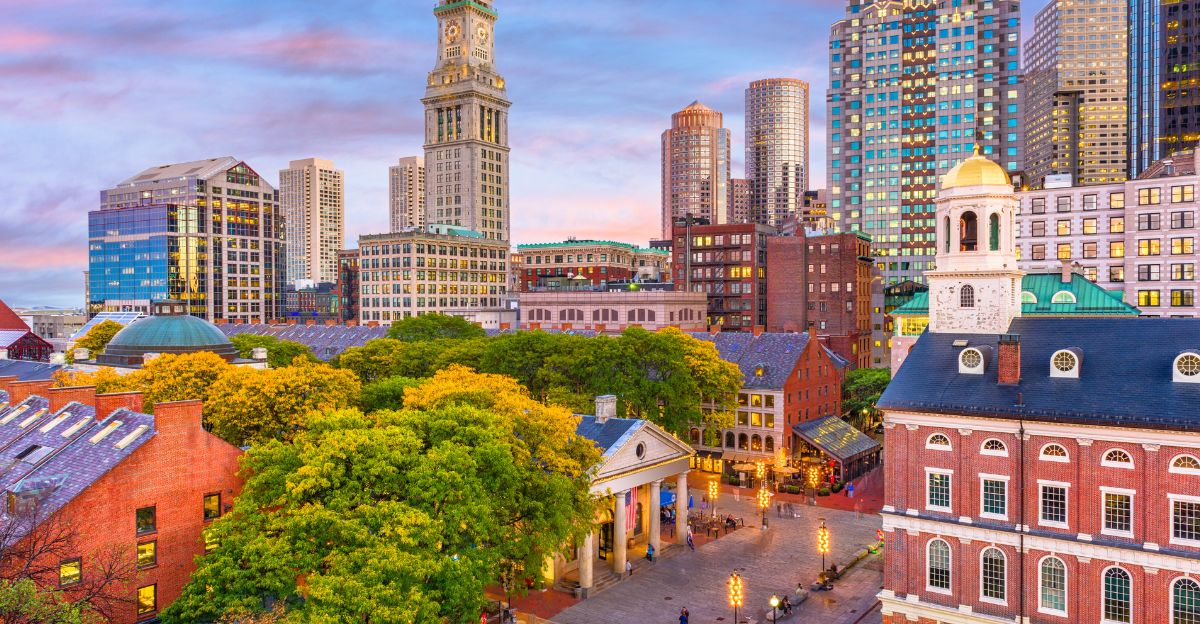
Massachusetts rates eighth with 8.11 points. Its unique statistic is life expectancy: 79.6 years, the second highest in the nation.
Access to gyms and healthy food is evident, but healthcare access and education also contribute. The state reveals how broader social elements and wellness infrastructure lead to a longer lifespan.
Oregon’s Outdoor Lifestyle
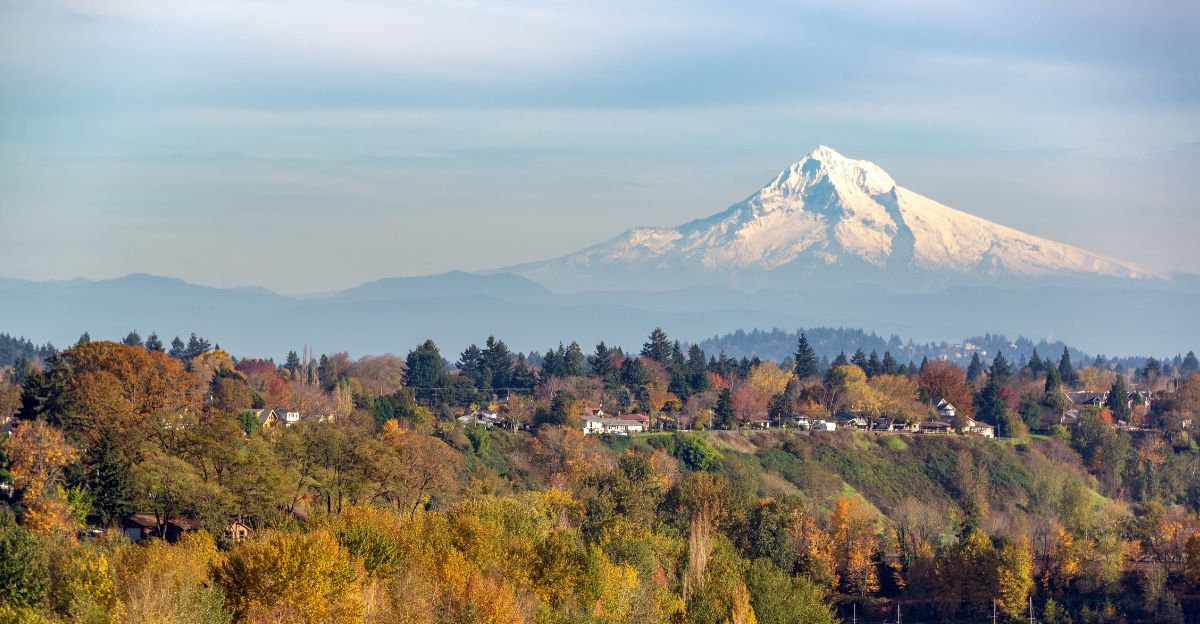
Oregon places ninth with 8.07 points. Its citizens enjoy easy access to parks and walking paths, and its infrastructure encourages outdoor movement.
Like other top performers, Oregon blends clean air with cultural habits that prioritise outdoor recreation, reinforcing the way in which environment and daily options create healthier lives.
Iowa’s Quiet Strength
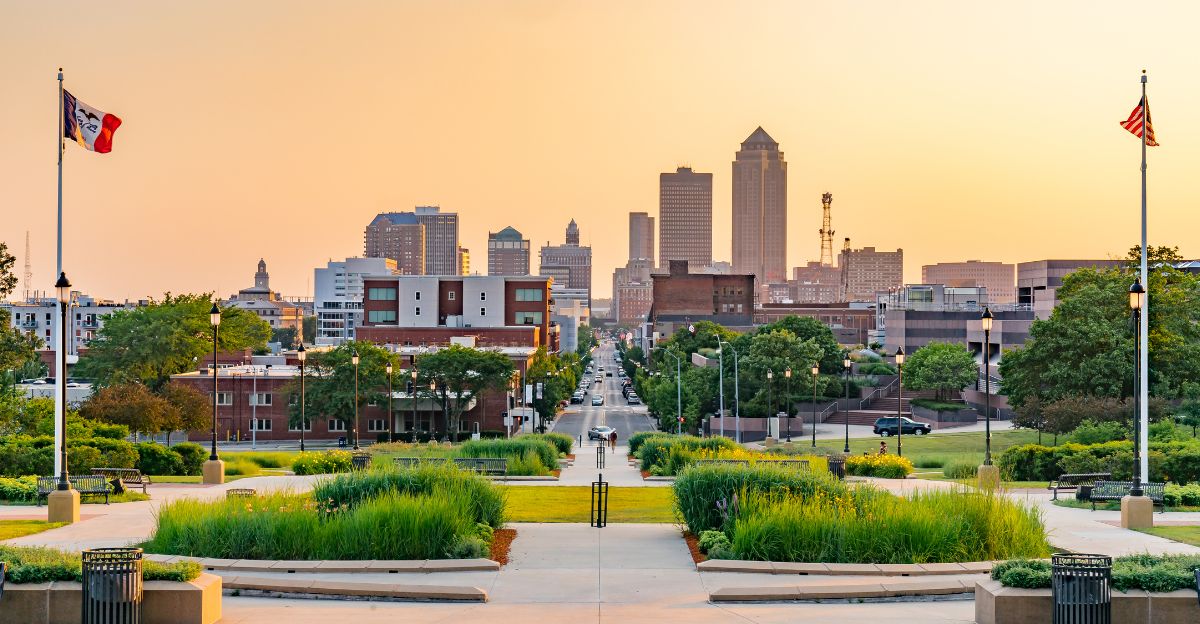
Iowa rounds out the top 10 with 8.02 points. While not nationally recognised for wellness, it ranks strongly in access to walking trails and food stores.
Its locals benefit from relatively lower smoking rates and infrastructure encouraging consistent activity. Iowa proves that even states without dramatic landscapes can produce healthier populations.
Hawaii’s Life Expectancy Leader

Although Hawaii doesn’t feature in the overall top 10, it has the highest life expectancy in America at 79.9 years. Its landscape, abundant fresh food, vibrant outdoor culture, and year-round warmer weather support health. High life expectancy can be a reality even if infrastructure metrics don’t make the charts.
The Other Side of the List

At the base, the picture looks very different. States with fewer gyms, more smoking, and higher pollution rates see life expectancies fall sharply.
The difference is clear in numbers and everyday life: fewer places to exercise, narrower food options, and more pressure on healthcare systems.
Louisiana Ranks Last
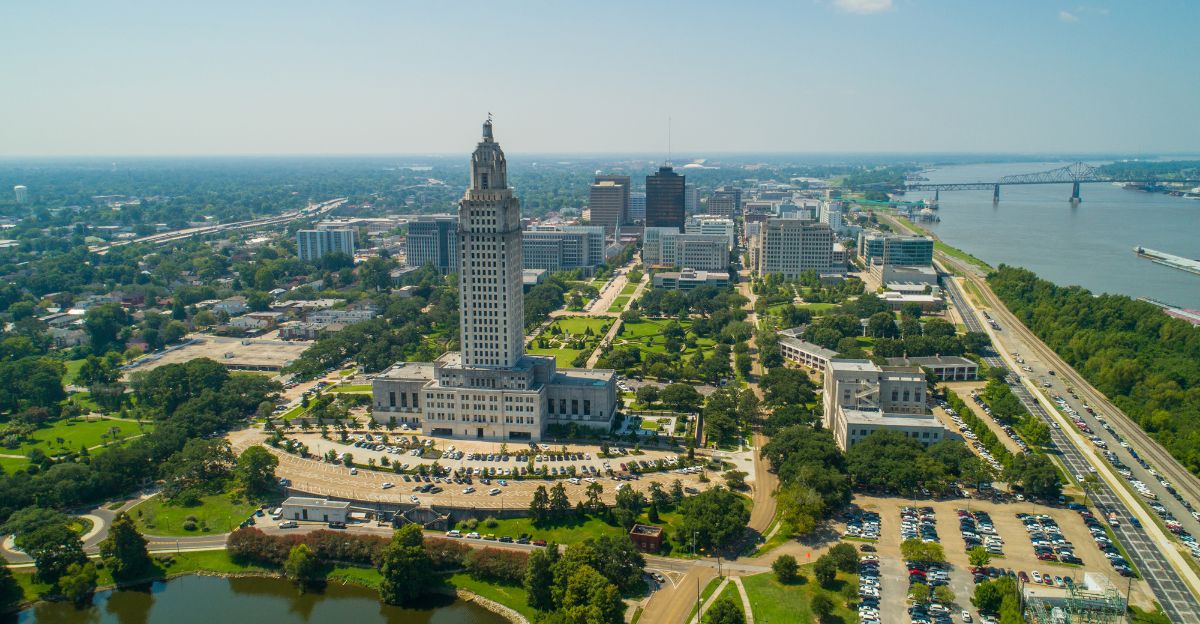
Louisiana comes in at the bottom with a score of 4.97. It has the fewest gyms per capita, at only 2.84 per 100,000 residents, way under Vermont’s 13.
Smoking rates reach 21%, and life expectancy plunges to 72.2 years. The lack of wellness infrastructure contributes to a shorter lifespan for its residents.
The Struggling States

Nevada, Tennessee, West Virginia, and Alabama are other states near the bottom. Each confronts a combination of environmental issues, higher smoking rates, and a fixed access to wellness facilities.
These issues create cycles where poor health outcomes further strain healthcare systems, fortifying the divide between ‘healthy’ and ‘less healthy’ states.
Lessons from the Divide
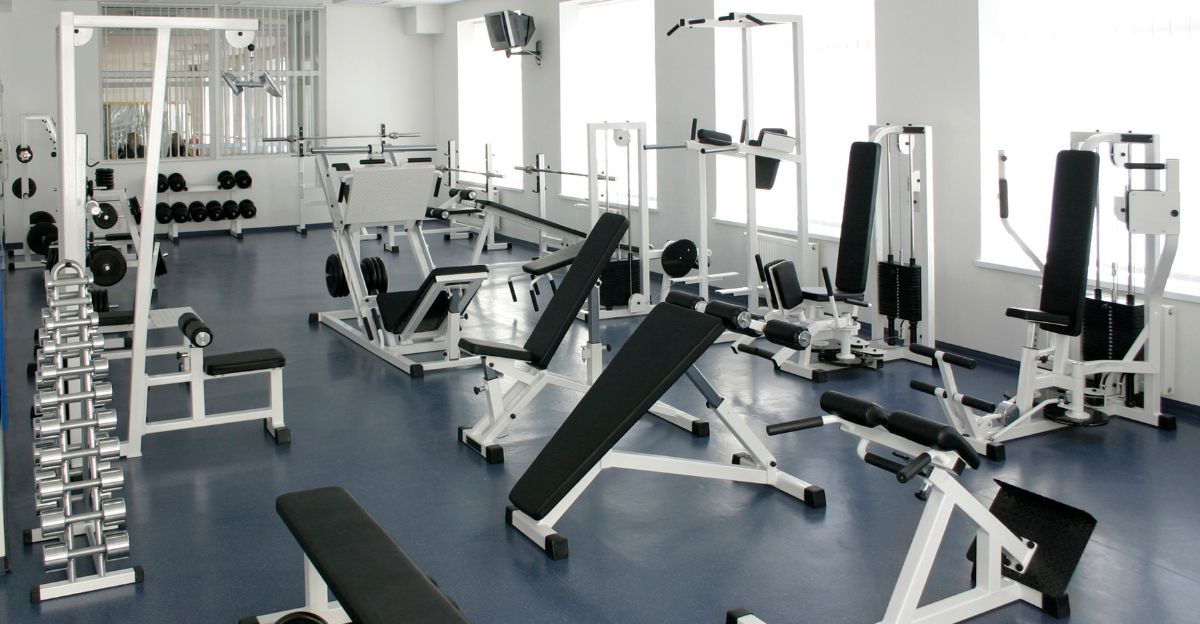
The numbers indicate that personal choices matter less when infrastructure is weak. When residents can’t access parks, gyms, or clean air, health suffers no matter what.
In contrast, states that sponsor public spaces, regulate smoking, and protect the environment create circumstances where living more healthily becomes the default option.
Building a Healthier Future
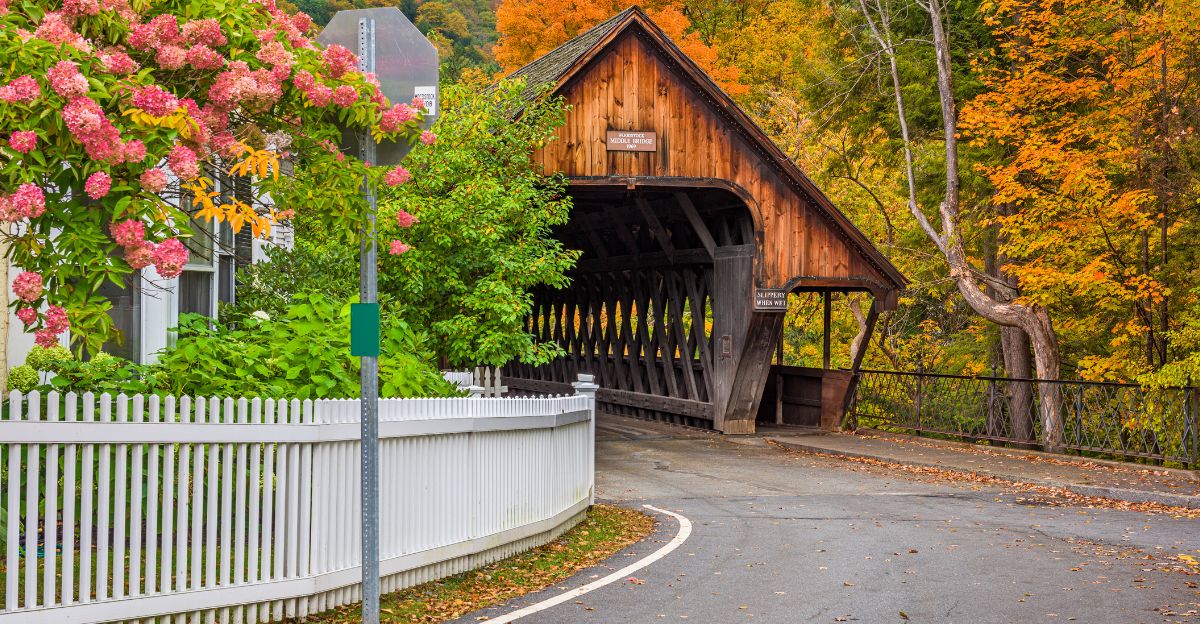
The difference between Louisiana and Vermont is eight years of life. That’s eight years more with family, community and work.
The rankings demonstrate that improving health isn’t just about medical care. It’s about clean environments, the ability to exercise, and cultural practices that enable wellness. States that invest in these aren’t just making for healthier citizens, they’re forming a higher quality of life.